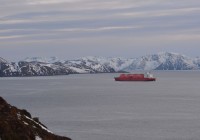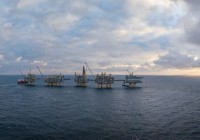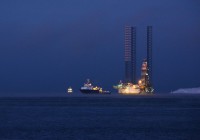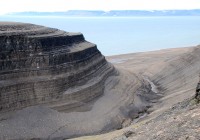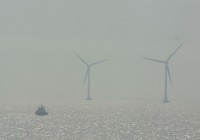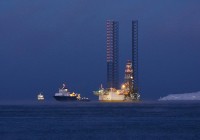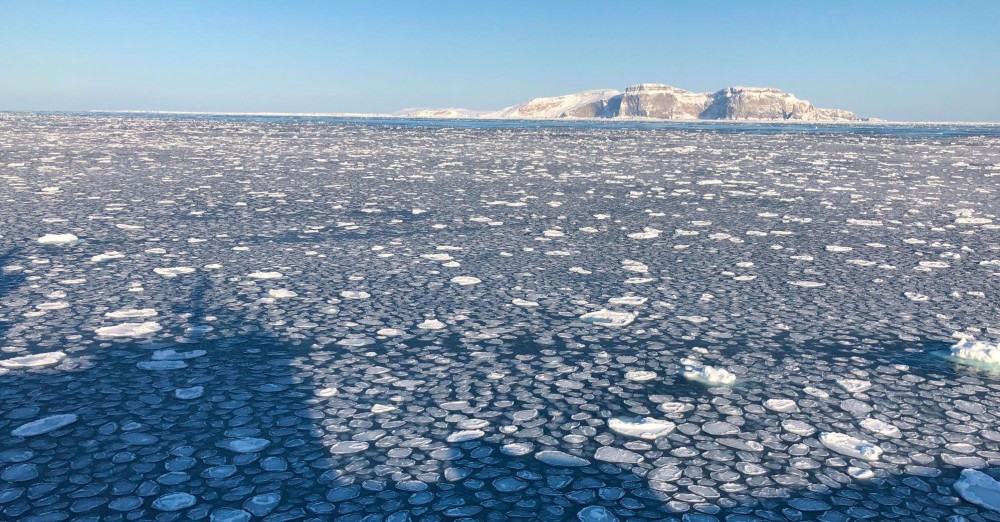
Oilmen step up Arctic drilling south of the ice edge
ADVERTISEMENT
Despite its commitment to cut climate gas emissions and reduce hydrocarbon dependence, Norway continues to expand exploration in the Barents Sea.
In early March, drilling rig Transocean Enabler made its way into Arctic waters towards a drill site located about 200 km north of the Norwegian mainland.
The operation is part of Equinor’s exploration of licence area 1080. A drilling permit was in February this year issued by the Norwegian Offshore Directorate. Drilling is due to take place in April.
Equinor is one of several companies that now expand exploration in the Barents Sea.
Also Vår Energi, the company previously known as Eni Norge, is boosting its presence in the region.
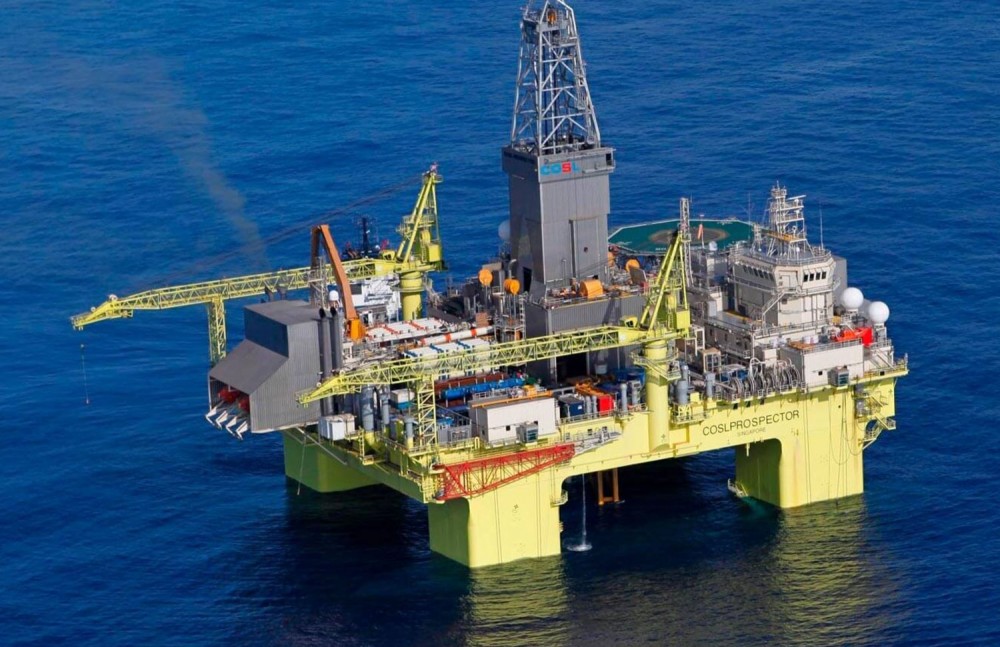
“We believe the potential for additional growth and generation of values in the Barents Sea is significant,” company CEO Torger Rød said in a statement.
Vår Energi and Equinor last year joined efforts in a new drilling program in the Barents Sea. The companies will together hire Chinese rig COSL Prospector for a two-year period. Cooperation with the Chinese might ultimately be expanded until 2029.
ADVERTISEMENT
The push into the Barents Sea has the full support of the Norwegian government, and the country’s oil minister Terje Aasland has repeatedly called on oil companies to explore opportunities in the Barents Sea.
But drilling in the far northern waters includes serious environmental risks.
Normally, the lion’s share of the Barents Sea is ice-free during the whole year, but there are major seasonal divergences.
This year, the sea-ice in the northern parts of the Barents Sea embraced almost all eastern and southern ends of the Svalbard archipelago. In January, the extension of the sea-ice almost reached the Bear Island.
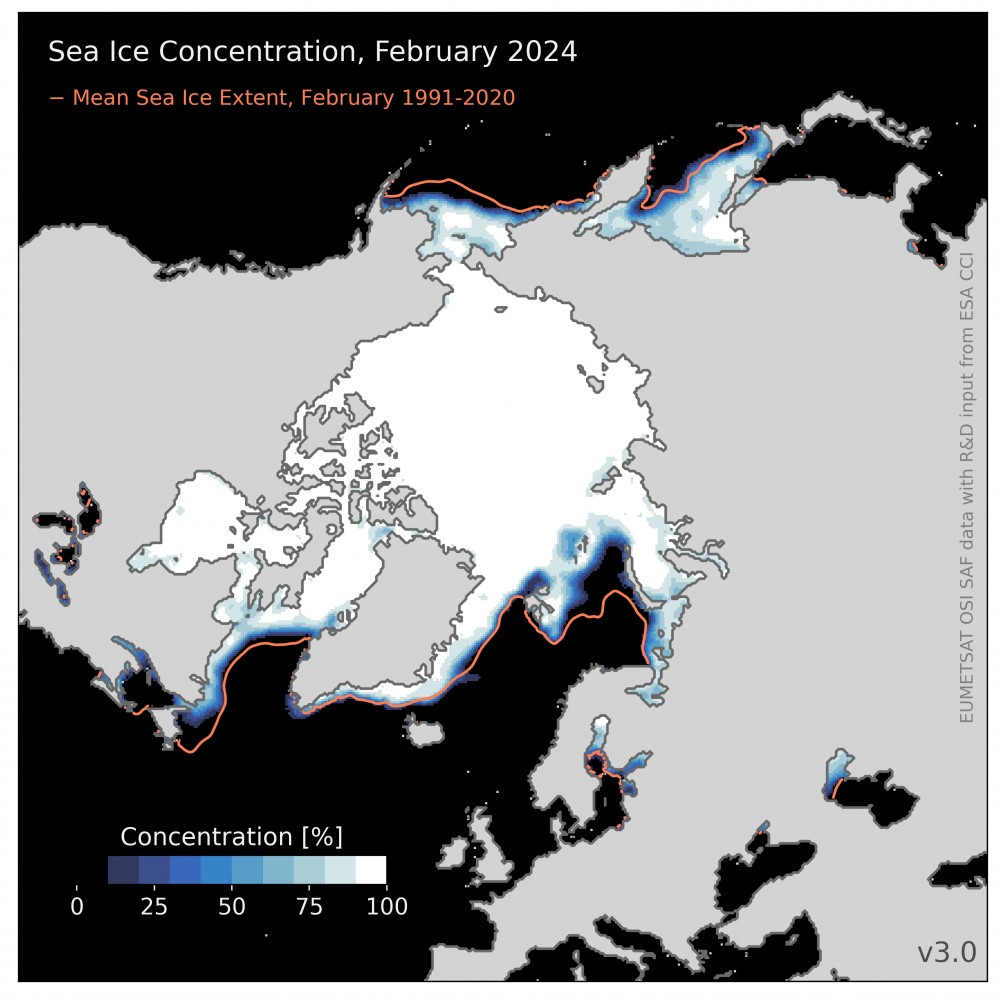
According to Signe Aaboe, a geophysical scientist at the Norwegian Meteorological Institute, there is a generally negative trend in the extension of the sea-ice, but variations are significant.
“Although the long-term trend is clearly negative irrespectively of the season, there are big variations of the trend,” she says in a comment to the Barents Observer.
In March-April 2020 there was exceptionally much sea-ice in the region, while it was exceptionally little in for example January-February 2023, she explains.
The researcher explains that the Barents Sea in 2023/24 generally had less sea-ice than normal for the period 1991-2020, and that the northeastern parts were significantly below the norm. At the same time, the concentration of sea-ice between Svalbard and the Bear Island in January and Februar was close to normal.
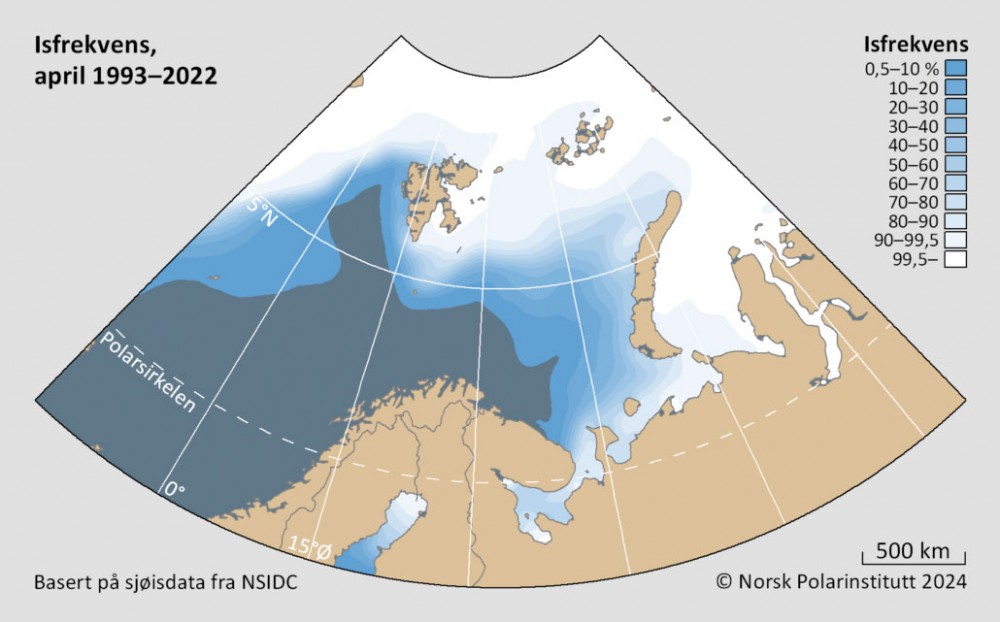
However, Aaboe underscores that the charts and indexes of sea-ice extension applied by the Meteorological Institute do not cover areas with less than 15 percent concentration, as well as drifting icebergs.
Regularly, there is ice on the water also far south of the Bear Island. Ice maps from the Norwegian Polar Institute show that there can be sea-ice in April also in the area where Equinor now prepares to spud its next well.
The Barents Observer has reached out to Equinor for a comment, but the company has not responded to questions related to the upcoming well drilling.
ADVERTISEMENT
The Barents Observer Newsletter
After confirming you're a real person, you can write your email below and we include you to the subscription list.




